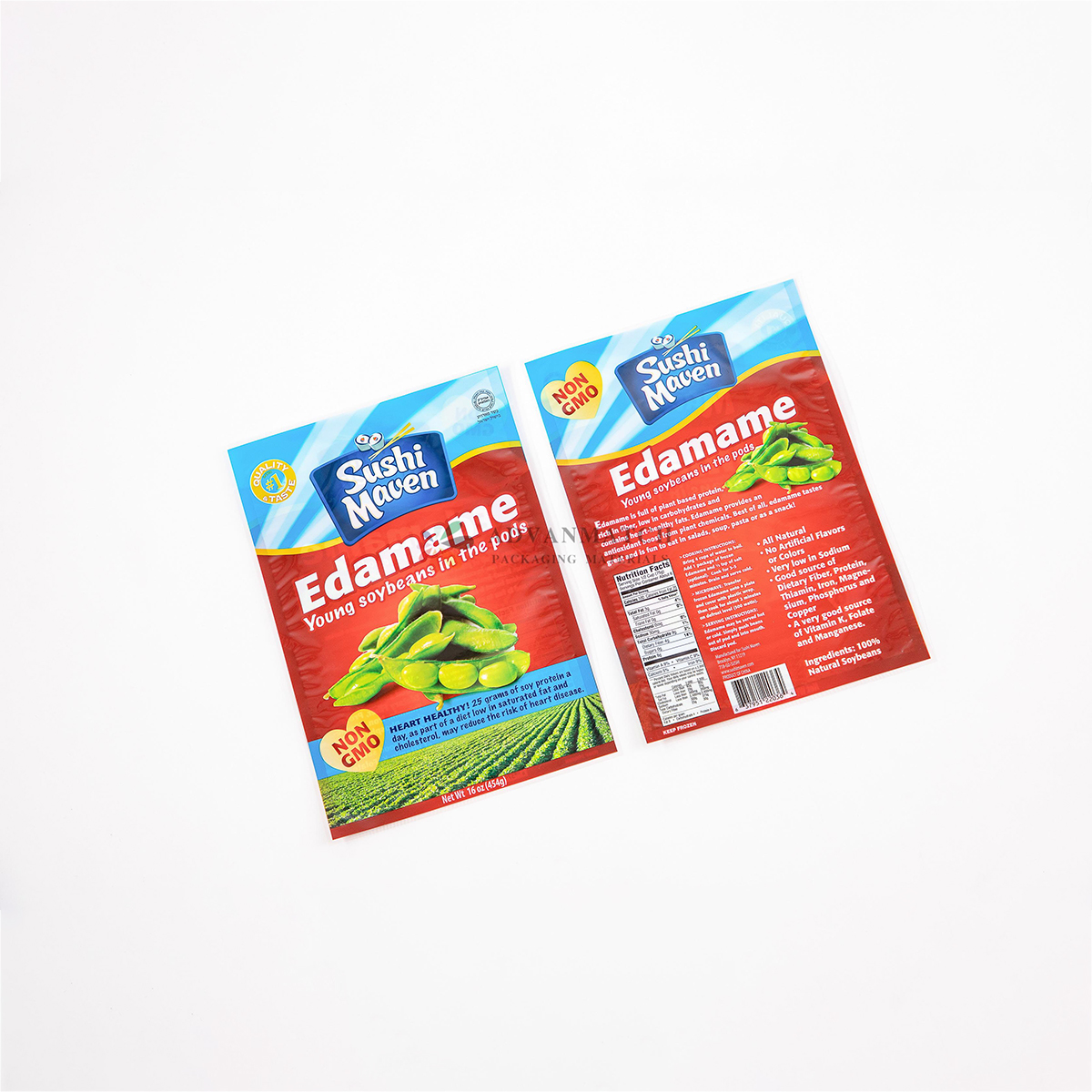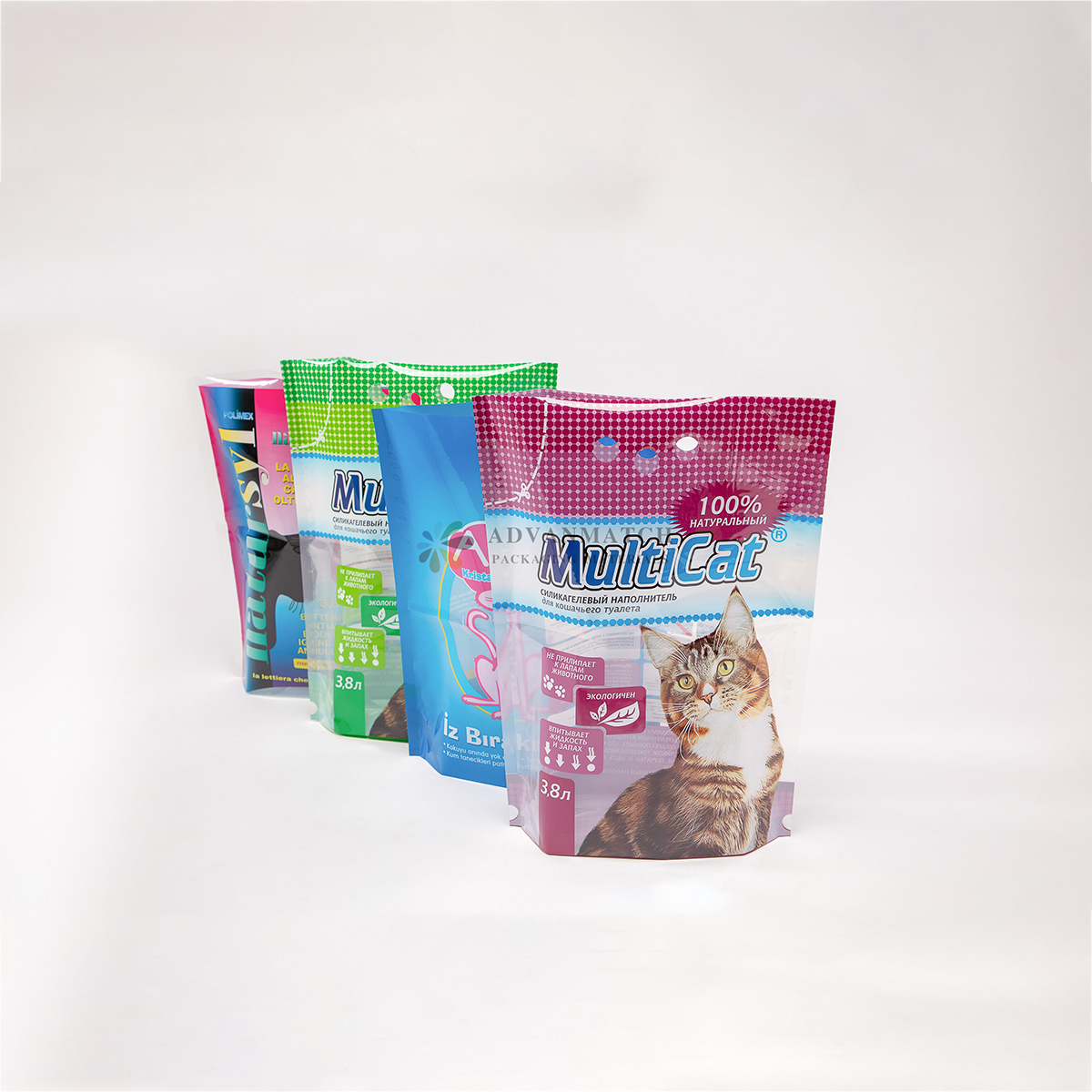By Dr. Patricia Varacallo, DO
These particular chemicals are raising growing concerns. Here's what experts caution when zapping your frozen foods in the microwave. Clear Plastic Pouch

When it’s too hot to cook, or you’ve been so busy that the spinach you bought last weekend has wilted, it’s always a win to remember the bag of vegetables you’ve got in the freezer—especially when they’re the three-minute, steam-in-bag kind.
But rightfully so, many Americans are growing increasingly concerned about “forever chemicals,” also known as per- and polyfluoroalkyl substances (PFAS). More and more research reveals how prevalently PFAS lurk in our water, the air, our food, and, yes, the packaging it comes in.
According to the National Institutes of Health (NIH) , PFAS are a large group of man-made chemicals used globally in consumer products since the 1950s. You’ll find them in everything from non-stick pans and stain-resistant carpets to food packaging and firefighting foam. These chemicals are notorious for their durability—they don’t break down, so they persist in the environment and, unfortunately, make their way into our food supply.
The health risks associated with PFAS are serious. “PFAS have been shown to disrupt hormones, weaken bones, and cause illness even at low levels of exposure,” explains Beth Czerwony, MS, RD, CSOWM, LD, a clinical registered dietician at the Cleveland Clinic Center for Human Nutrition .
Given the serious concerns about PFAS contamination, the US Food and Drug Administration (FDA) , which oversees the safety of food ingredients and packaging, took significant steps in February 2024. It declared that materials containing PFAS, specifically those used for grease-proofing, will no longer be permitted in food packaging. This eliminates a major source of PFAS exposure from everyday items like fast-food wrappers, microwave popcorn bags, take-out containers and pet food bags.
This move marks a monumental win for public health, but it’s also worth learning ways to protect yourself and your family. Ahead, experts share what you need to know about PFAS when it involves steaming those frozen vegetables in their microwaveable packaging.
Get The Healthy by Reader’s Digest newsletter
The short answer is yes, but with a caveat. “While there is no harm in microwaving foods themselves , heating foods in containers not made to be exposed to high temperatures can lead to the PFAS being leached into the foods you are consuming,” warns Czerwony.
According to the United States Department of Agriculture (USDA), some packaging materials used by consumers are not safe. Czerwony brings this home with a relatable example: “Think when Mom would put leftovers in a margarine container, and then you’d reheat them for lunch the next day.” To ensure safety, she advises using containers specifically marked as food-safe. These are designed to withstand high temperatures without releasing any harmful substances.
While some plastic containers are labeled microwave-safe, some experts still recommend using glass or ceramic bowls as a precaution. This way, you can steam your vegetables without worrying about potential chemical leaching.
When it comes to PFAS, we are often concerned about their presence in packaging —but what about the food inside? A team of researchers in one of Italy’s agriculture capitals sought to answer this question in a study published in the peer-reviewed scientific journal Food Chemistry in June 2023.
The study revealed that ready-to-eat vegetables typically exhibit higher levels of PFAS than their fresh and frozen counterparts. This increase is likely due to the extensive processing and packaging that ready-to-eat items undergo. On the other hand, frozen vegetables exhibited significantly lower PFAS levels, consistently meeting the safety guidelines set by the European Commission.
The study also indicated that organic ready-to-eat vegetables might contain lower levels of PFAS, possibly due to the absence of pesticides in organic farming. However, as this research is the first of its kind, the authors call for more studies to confirm these initial findings and to fully understand PFAS levels in different types of vegetables.
One of the trickiest aspects of PFAS is their resistance to breaking down under typical environmental conditions, which is why they are often called “forever chemicals.” Cooking or heating food does not degrade these chemicals, which means they remain in the environment and food products irrespective of temperature changes. This persistence is what makes PFAS particularly concerning and challenging to manage.
Reducing your exposure to PFAS through your diet involves a few proactive steps:
We are no longer supporting IE (Internet Explorer) as we strive to provide site experiences for browsers that support new web standards and security practices.

Food Grade Packaging Bags We recommend our users to update the browser.